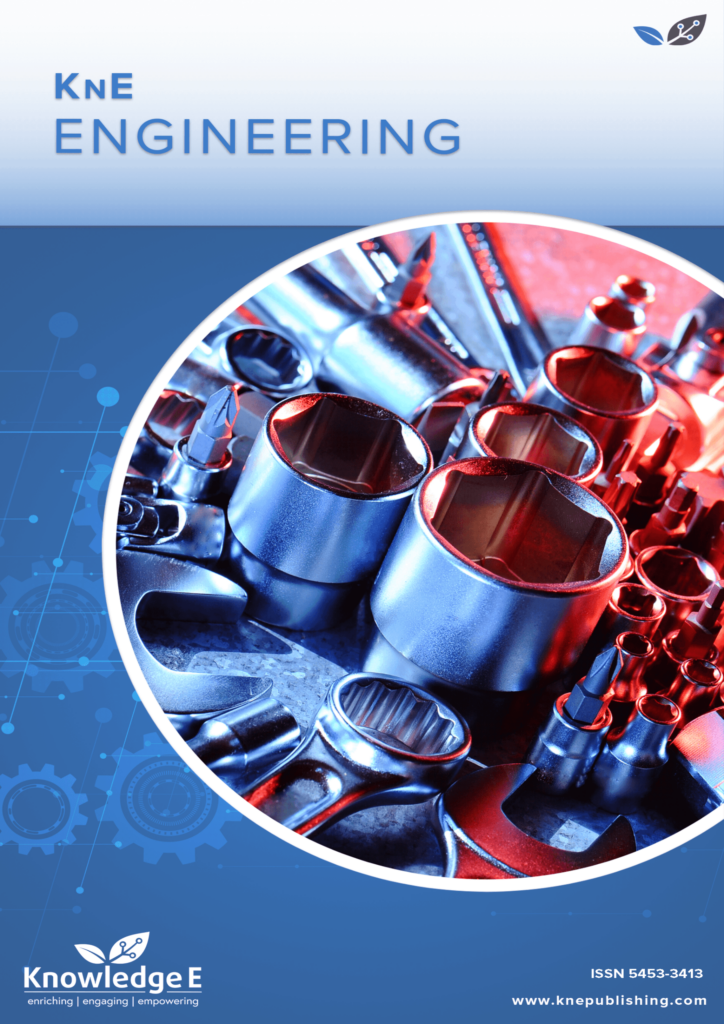
KnE Engineering
ISSN: 2518-6841
The latest conference proceedings on all fields of engineering.
Evaluation of the Caesium-137 Activity at the Rochedo Dam, Goiás, Brazil
Published date: May 03 2020
Journal Title: KnE Engineering
Issue title: STARTCON19 - International Doctorate Students Conference + Lab Workshop in Civil Engineering
Pages: 265–270
Authors:
Abstract:
In 1987, in Goiânia (Goiás, Brazil) a radiological accident occurred due to the violation of a capsule containing Cs-137, previously used in radiotherapy equipment. The source contained caesium chloride and, due to the high solubility of this compound in water, there was contamination of people and consequent dispersion in the environment. The waste was discharged into the river network and after four years, a high concentration of Cs-137 was still observed in the sediments at the Rochedo dam, in Piracanjuba, Goiás, 80 kilometres downstream of the Metropolitan Region of Goiânia. This research analysed the Cs-137 activity in sediment samples and water samples from the Rochedo dam, with the purpose of updating the radiological monitoring data of the region and also to verify if the perceived values would indicate any threat to the environment and public health. The Cs-137 activity was detected in 93.8% of the analysed samples, whose values varied from traces to 2.25 Bq/L. The results for all water samples and for 53.8% of the sediment samples were below the minimum detectable activity by the equipment. This study showed that Cesium-137 activity seem to be very low in the water resources and sediments of the Rochedo dam and it seems to not offer radiological risks for public health and the environment.
References:
[1] M. Miranda, P. Neto, E. Farias et al. Césio-137 em solos de Unidades de Conservação do Estado de São Paulo, International Joint Conference 2017. Goiânia, Braszil, (2017).
[2] IAEA. The Radiological Accident in Goiania, International Atomic Energy Agency, Vienna, Austria (1988).
[3] K. Hirose, Fukushima Dai-ichi nuclear power plant accident: summary of regional radioactive deposition monitoring results, J. of Env. Radioactivity, 111: 13-17 (2012).
[4] T Semizhon, S. Rollin, Y. Spasova, E. Klemt, Transport and distribution of artificial gamma-emitting radionuclides in the River Yenisei and its sediment, J. of Env. Radioactivity, 101: 385-402 (2010).
[5] M. De Luca, J. Godoy, Mobilization studies of 137Cs in sediments from Rochedo Reservoir, Studies in Environmental Science, Elsevier, 68: 119-128 (1997).
[6] D. Znamensky, Barragens e aproveitamentos hidrelétricos de Jaó e Rochedo sobre o rio Meia Ponte em Goiás: Lições não esquecidas de acidentes e incidentes, XXVI Seminário Nacional de Grandes Barragens. Goiânia, Brasil, (2005).
[7] CELG, Geração e Transmissão. Repor available in: http://celggt.com/Infraestrutura.aspx?4 (consulted in September 2018).
[8] U.S. Department of Energy, The Procedures Manual Of The Environmental Measurements Laboratory, HASL-300, Volume I, 28th ed., New York, USA, (1997).
[9] K. Ferreira, Determinação das doses efetivas de alimentos, água e solo na região do CAUB I através da espectrometria de raios gama, MSc Thesis, Faculty of Biomedical Engineering, University of Brasília, Brasilia, Brazil (2018).
[10] CNEN, Diretrizes Básicas de Radioproteção, Comissão Nacional de Energia Nuclear, CNEN PR-3.01- 001. Rio de Janeiro, Brazil, (2011).
[11] WHO, Management of radioactivity in drinking-water, World Health Organization, (2018).
